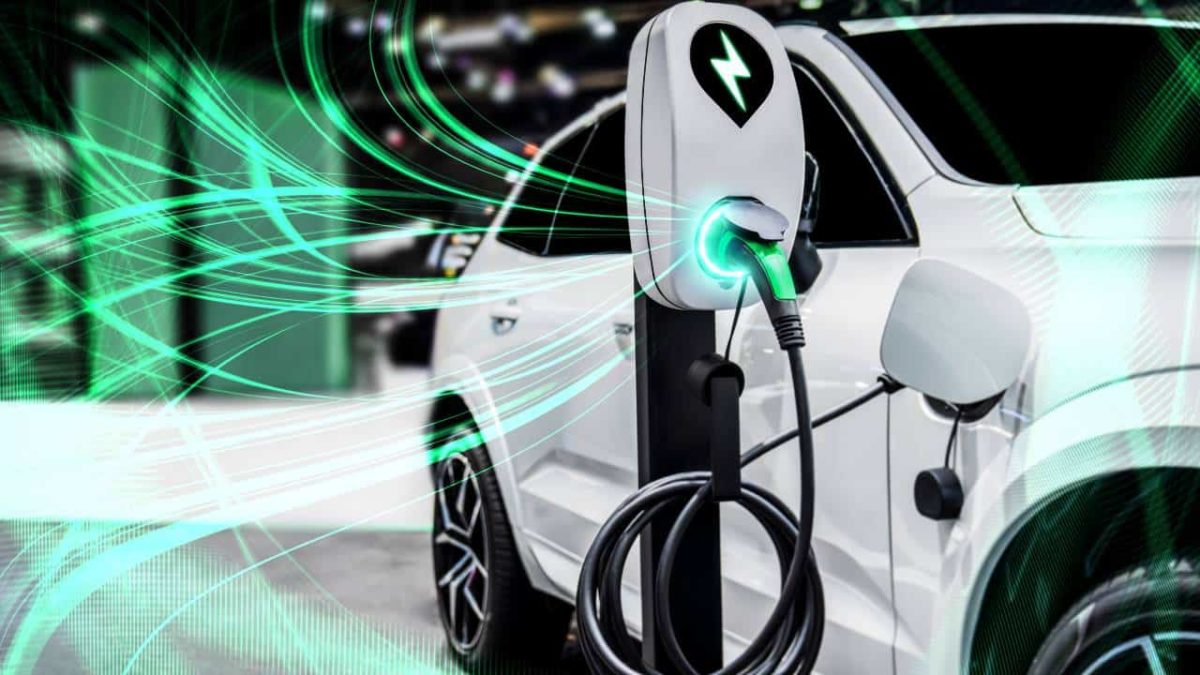The price of lithium has been tanking for a while now.
Back in 2022, the price of spodumene, which contains about 6% lithium, was trading at above US$6000 per tonne.
Today, you can snap up a tonne of spodumene for less than US$1000.
Meanwhile, lithium hydroxide, another key material used for producing lithium-ion batteries, has fallen just as hard.
The price of lithium hydroxide has dropped from around US$72,000 a tonne in 2022 to its current value that sits below US$12,000 per tonne.
The price of those key battery producing materials have both dropped by about 80% over the last few years.
Unsurprisingly, the ASX's lithium shares have suffered as the price of lithium plummeted.
The Pilbara Minerals Ltd (ASX: PLS) share price has gone from $5.42 back in October 2022 to its current price of $1.56.
That represents a decline of more than 70%.
Similarly, Minerals Resources Ltd (ASX: MIN) and Liontown Resources Ltd (ASX: LTR) shareholders have felt the impact of the declining lithium price over the last few years.
In fact, the vast majority of listed lithium companies have taken a hit as prices dropped amid oversupply issues.
But things appear to be changing.
Lithium price set to rise
A new report from Australia's Department of Industry, Science, and Resources offers hope to Australia's lithium producers and their shareholders.
The latest Resources and Energy Quarterly report states that global lithium demand is forecast to grow by almost 13% a year to 2030, largely driven by increased uptake of electric vehicles and battery energy storage systems.
As a result, the report forecasts Australia's lithium export earnings to increase in real terms from $5.2 billion in FY25 to $8.2 billion in FY30, supported by growth in export volumes combined with a steady rise in the price of lithium.
And Australian mine output is expected to grow by about 5% a year to 2030 as mines come back online and operations ramp up.
The report states:
"The current oversupply in the global lithium market is expected to diminish over the outlook period, leading to an improved supply-demand balance by 2030. Global refining capacity and downstream demand are expected to remain heavily concentrated in China."
Rising adoption rates of electric vehicles in China last year saw global EV sales grow by 26%.
As such, sales in China offset low or flat growth in the US and EU markets.
The report also highlighted how "leading market analysis suggests that Chinese EV maker BYD can stay competitive in EU markets even with a 30% import duty".
All this means that I'm taking a closer look at lithium shares.









